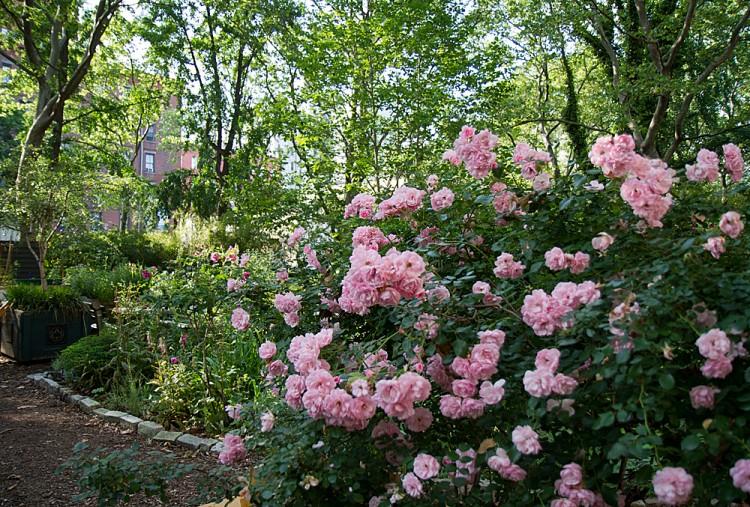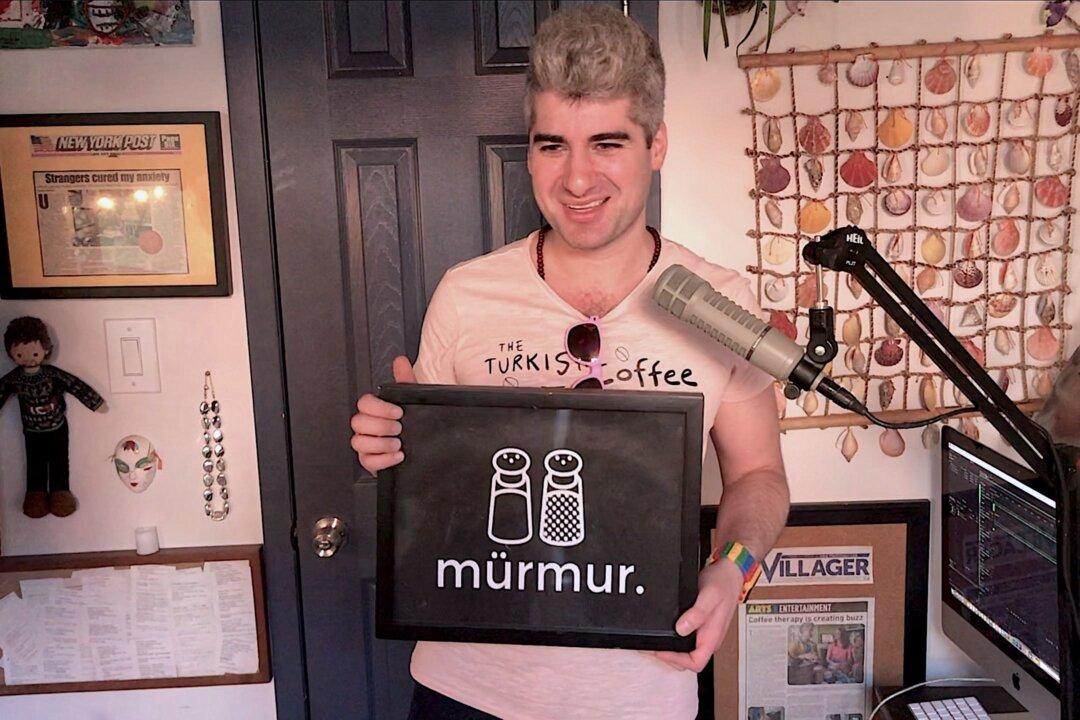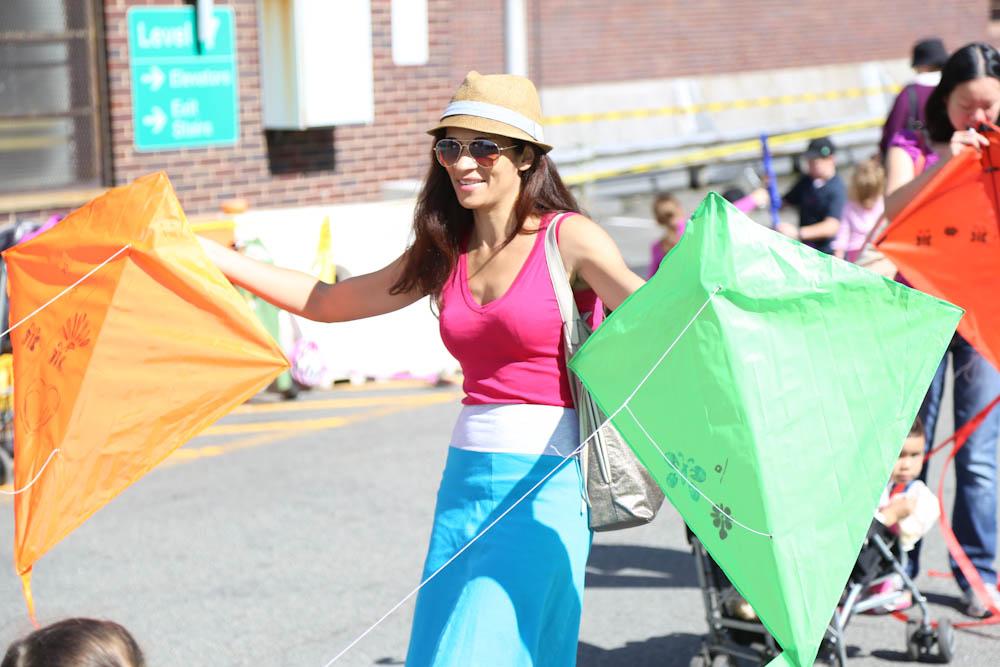Across the state, a little beetle is sought after by scientists, gardeners, and nature lovers alike. It’s a nine-spotted ladybug, the official state insect. The beetle has become so rare on the East Coast that a research project has been trying to understand its decline. Now, a community garden in Manhattan wants to help those researchers repopulate the state with it.
The M'Finda Kalunga Community Garden was created more than 30 years ago as a “communal backyard” to make the neighborhood a better place to live in. The 40-member-strong garden, part of Sara D. Roosevelt Park, has brought beauty and cooperation to the community of the Lower East Side.
Among bustling traffic and busy city life, M'Finda Kalunga, with its shady trees and colorful rosebushes, offers an oasis-like space.
Last year, Bud Shalala, one of the garden’s long-term volunteers, started a “Critter Committee” with the intention to “add a missing element” to the site. In order to enhance the garden, Shalala and the other members want to bring in some beneficial insects and other animals.






